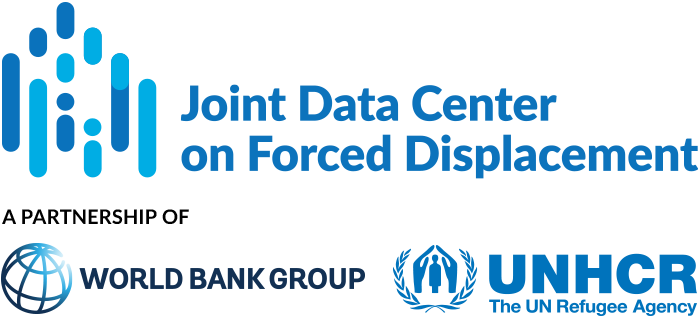This paper examines individual-level deprivations of women and men in forcibly displaced households and host communities, as well as intrahousehold inequalities, building on prior analysis of the tailored Multidimensional Poverty Index (MPI) in Ethiopia, Northeast...
JDC Literature Review
A Multi-Country Analysis of Multidimensional Poverty in Contexts of Forced Displacement
This paper develops a Multidimensional Poverty Index (MPI) to examine patterns of multidimensional poverty among IDPs and refugees, with comparisons to host populations, in five African countries. The MPI is disaggregated to analyze variations in deprivation by...
How does poverty differ among refugees? Taking a gender lens to the data on Syrian refugees in Jordan
This paper quantifies differences between male- and female-headed households’ incidence of poverty and identifies some of the demographic characteristics that are linked to greater poverty risk. The analysis is based on microdata on Syrian individuals and households...
Targeting humanitarian aid using administrative data: model design and validation
This paper presents the design and validation of an econometric model that uses routinely collected administrative data to target unconditional cash and in-kind assistance to Syrian refugees in Lebanon. The authors compare the prediction accuracy of the proposed model...
Empowering refugees through cash and agriculture: A regression discontinuity design
This article assesses the impact of the development approach promoted in the Kalobeyei refugee settlement in Turkana County in Northwest Kenya. Opened in 2016 just 3.5 kilometers from the Kakuma refugee camp, the Kalobeyei refugee settlement was envisaged as a model...
Economic Transfers and Social Cohesion in a Refugee-Hosting Setting
This paper examines if a transfer program targeted to Colombian refugees and poor Ecuadorians in urban and peri-urban areas of northern Ecuador resulted in changes in measures of social cohesion. The program was a short-term cash, food, and voucher program paired with...
Assessing the Direct and Spillover Effects of Shocks to Refugee Remittances
Over 60 percent of refugees in Kenya’s Kakuma refugee camp receive remittances, over half through informal money transfer services. On average, remittances comprise half of the income of families that receive them. In April 2015, in response to an Al Shabaab terrorist...
Are Refugees a Burden? Impacts of Refugee Inflows on Host’s Consumption Expenditures
This paper examines the impacts of Syrian refugee inflows on consumption expenditures and incomes of Jordanian nationals. The 2015 Housing and Population Census identifies 1.3 million Syrian refugees in Jordan; approximately 650,000 have registered as refugees....
The Development Push of Refugees: Evidence from Tanzania
This paper assesses the long-term effects of temporary refugee inflows from Burundi (1993) and Rwanda (1994) on the welfare of the host population in Tanzania. The authors are particularly interested in whether the changes in the host economy after the departure of...
Estimating Poverty among Refugee Populations: A CrossSurvey Imputation Exercise for Chad
Household consumption surveys do not typically cover refugee populations, and consequently poverty estimates for refugees are rare. This paper examines the performance of cross-survey imputation methods to estimate poverty for a sample of refugees in Chad, by...


